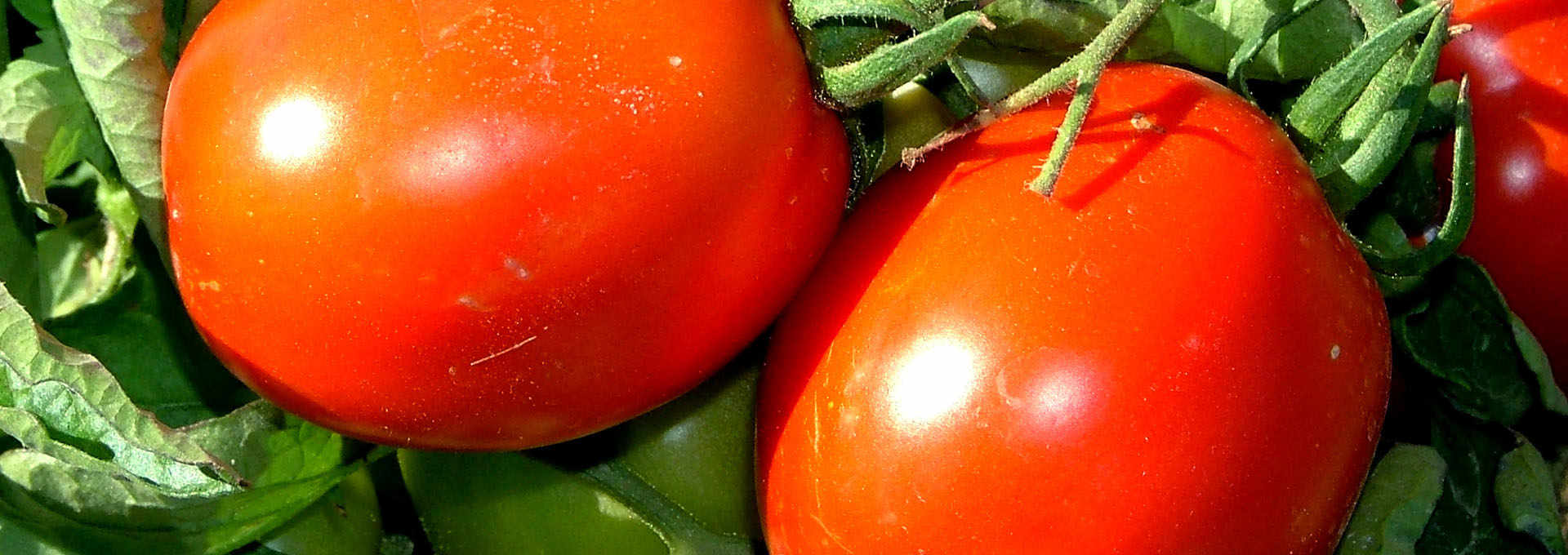 Get more of ArteCibo delivered to your inbox
Get more of ArteCibo delivered to your inboxSign up for free newsletter

The siccagno tomato grows in the area that encompasses the Belice Valley, from the town of Valledolmo to Marianopoli, in the provinces of Palermo and Caltanissetta, Sicily. Until not so long ago, siccagno tomatoes were believed to be extinct. After a long and patient research, a few, inestimable seeds were uncovered, especially thanks to the efforts of a farmer from Villalba, Francesco Di Gesu, who had the foresight to preserve some of them. He is now the only farmer listed in the Slow Food Presidium Guild under the term pomodoro siccagno. The Sicily Region has always believed in the potential of the siccagno tomato and has invested in the recovery and enhancement of the local cultivars, and was instrumental in the creation of a co-operative in Valledolmo. In 1995, this group of farmers reorganised the whole supply chain and gave new life to the cultivation of the siccagno tomato.
Nutritional value of the siccagno tomato
Sweet, red and juicy, the siccagno tomato is rich in vitamins A and C, while being low on calories. The fruits are rendered savoury by the absorption of underground aquifer water. Compared to other types of tomato, siccagno has a higher content of lycopene, which is responsible for the bright red colour and a powerful antioxidant, intimately involved in the prevention of cellular damage by free radicals.
Farming
Traditionally, the siccagno tomato was farmed for self-consumption, especially for the home production of tomato concentrate and dried tomatoes. It grows at a 700-800m height, gently caressed by the northern winds, warmed by the summer sun and benefited by the mild winters and potassium-rich soil, which improves its drought resistance and enhances the accumulation of sugar in the fruits. The name siccagno indicates that it is grown under dry cultivation, with little or no additional irrigation. It is planted from late May till late June. It generally ripens between August and September, although a late ripening may occur throughout the month of October.
